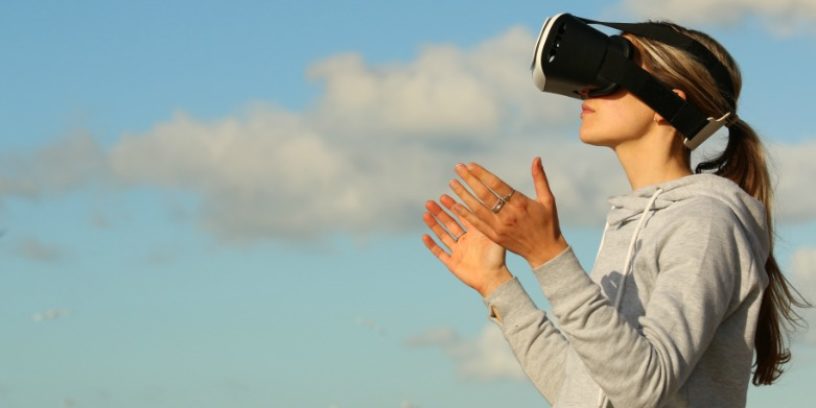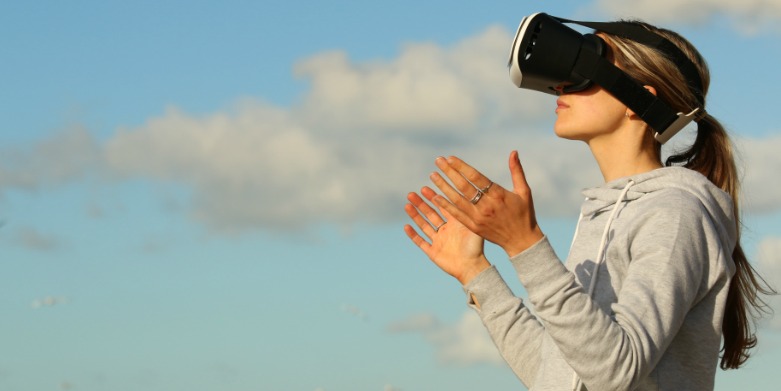 Read time 2 min
Read time 2 min
The global craze and popularity of Pokémon Go is indicative of future trends in the use of Augmented Reality (AR) technology. AR has been around for a while now, it is a technology that combines virtual reality (VR) with 3D technology thus simulating a real-world experience.
While AR has found its application across industries over the years, it is being termed as the game changing technology in geographic information system (GIS). At INTERGEO 2016, several companies showcased application of AR across utilities development, energy, urban planning and production and may more areas.
AR offers text/image-based information that are invisible to naked eyes offering a tremendous value add in GIS applications. It provides a real-world view of the location backed by contextual information, much like the display in some military aircraft. In addition to this, the technology also has a great potential for superior integration of GIS data in mobile devices.
Simplifying coordinates
Understanding table or string of numbers and coordinates could be difficult and may take hours if not days to access the information needed. Whereas, AR makes geo location information lucid and simple, by converting it into intuitive charts and graphs that is easy to understand. AR allows users to access geo location on their devices and survey the area and perils within that location or easily view hidden assets such as pipes or valves – helping surveyors access accurate location information quickly and effectively. This technology promises availability of right field or GIS data at the right time, thus transforming the way real estate, utilities, energy and other asset-dependent industries operate.
Making its way into the main stream
AR and 3D are most certainly the next big thing in the GIS applications. In fact, companies have already started to integrate virtual reality (VR) into their 3D product portfolio. Case in point is Esri’s urban planning app that uses VR and 3D technology to help predict, develop and implement innovative solutions for smart cities.
Paving the road ahead with the next digital frontier
AR and VR coupled with 3D technology has great potential to transform the urban planning processes, making it effective, faster and most importantly digital. The use of these technologies can not only simplify the process but also make them more transparent allowing city dwellers to involve and create real-time experience. The power of data visualization is set to empower users and revolutionize how geo location is accessed and used across industries.
If you wish to know how Springbord can help you access, update and publish accurate information and drive better business outcomes please click here.








